Our regular Interiors features take a look through the keyhole into the homes of some of Shanghai's well known faces. This time we celebrate a Shanghai architecture firm's sleek aesthetic.
"Whenever we start a project we try to peel back the layers of history and reference what the spaces once were in relation to their context," says co-founder of Linehouse Alex Mok. "We also try to capture the performative nature of the city. There’s a constant blur between public and private. We are interested in capturing these moments in our work."
Indeed, the projects from this super young studio (it was started in 2013, but really began picking up last year) are all charmingly, smartly experiential. Interior designer Briar Hackling and architect Mok are the masterminds behind them all, along with a small but growing international team of graphic, product and interior design professionals.
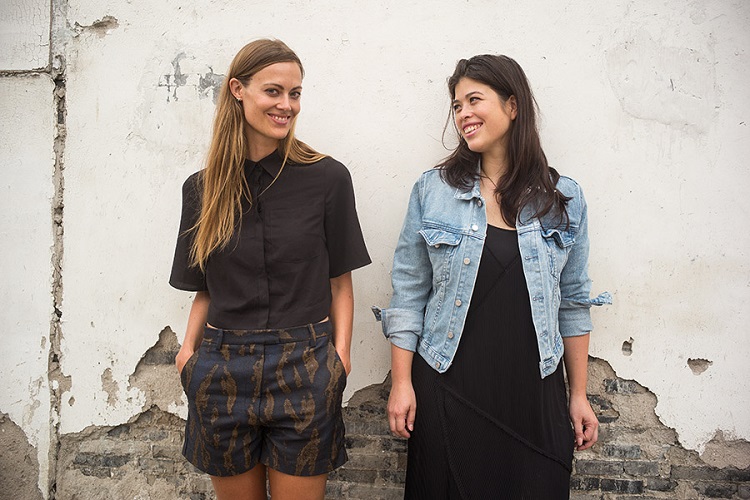
Their skills and tastes have proved rather popular with the public and experts. Since launching, Linehouse has won a number of accolades, including Design for Asia Awards 2014 and 2015, Restaurant and Bar Design Awards and A&D Trophy Awards. This past December, the firm was named “Emerging Interior Practice of the Year” by World Interior News.
The practice works with up-and-coming, small entrepreneurs across China – although their first effort was a delicatessen in Shenzhen Futian ShangriLa Hotel. The spaces they deal with are often petite – which has made both Mok and Hackling extremely attentive to make clever use of the room they are given. The results are retail and F&B ventures with a thoroughly minimalist aesthetic that strips down the unnecessary and only leaves the raw. What’s remarkable, despite such a neat, sleek approach, is how the story and essence behind them still shines through.
Here are some of their main Shanghai undertakings.
Little Catch

Shanghai’s hippest fishmonger, Little Catch, was one of Linehouse’s first projects. The space used to be a Chinese takeaway on bustling Wulumuqi Lu. Linehouse removed all evidence of the previous occupant, and opted for a design reminiscent of a seafood shop in a port town.
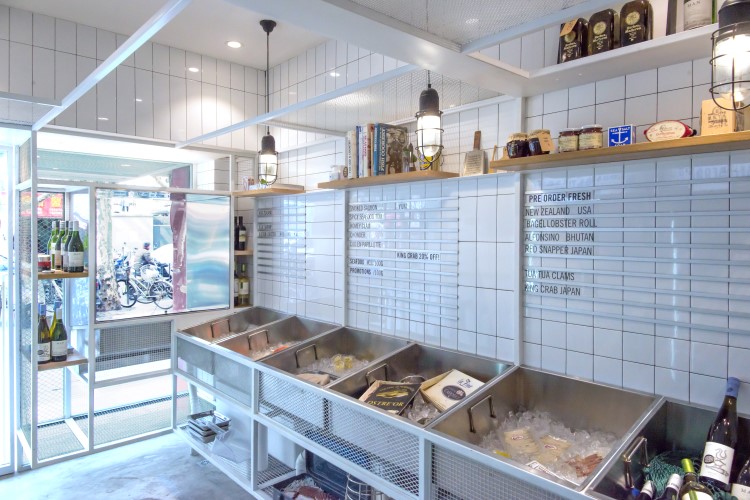
Mok and Hackling created a three-dimensional net that externally reaches into the street as a canopy and envelops the customers as they enter the store. A ‘fishing net’ made up of a metal structure filled with white meshes of varying densities opens up in areas across the ceiling, creating additional shelving for products. On the walls, it folds and bends to hold the fresh seafood display and the cashier. The floor is rough concrete, the shop front a mix of glass and mesh panels.
ALL SH

A streetwear retail spot in the former French Concession, ALL SH shows a stripped back structure of exposed concrete walls, stainless steel strips and white thin vertical planes cleverly angled to give the space a broader feel.

Linehouse strove to keep with the urban style carried by the store, and successfully so: ALL SH blends into the streetscape with its rough, hipper than-thou environ.
Baoism

Baoism is one of the largest projects Linehouse has worked on. In the design process, Hackling and Mok were inspired by the branding itself – Baoism’s I-Ching-influenced logo – and the contrast between the contemporary and the traditional (which is what this F&B concept is all about).
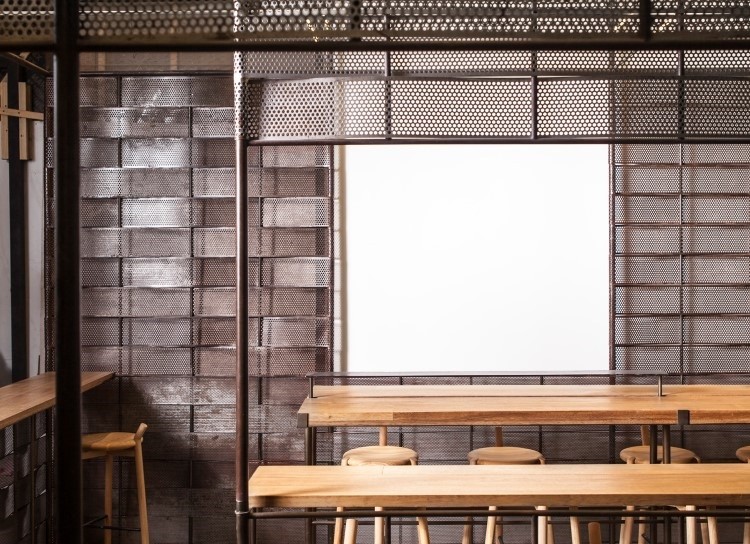
With that in mind, the architecture firm used the concept of stacked and directional lines to create two structures that frame the dining and the kitchen / service area. The metal mesh that lines the space was conceived to evoke bamboo steamers, while the custom bar stools take reference from the petite wooden stools commonly seen on the streets of Shanghai.
Ganqishi Baobao

For Ganqishi Baobao, Linehouse was commissioned to create a new branded architectural language spanning logos, space solutions and product design. Ganqishi Baobao is owned by a Hangzhou entrepreneur who plans to further expand the restaurant in China and the US. He hired Linehouse to work on the Shanghai shop as the first of many projects.

Here, the narrative reflects the brand’s ethos: from garden to plate, using the freshest vegetables, with each baozi handcrafted. The architecture studio introduced the idea of a greenhouse to exhibit and grow plants with additional greenery hanging from frameworks, while a cashier / service area plays on the idea of a wheelbarrow and garden tools. Bluestone cobbles line the floor in the customer area, creating a sense of the garden path and the streetscape beyond.
Photos by Nicky Almasy. To see other interiors features, click here.





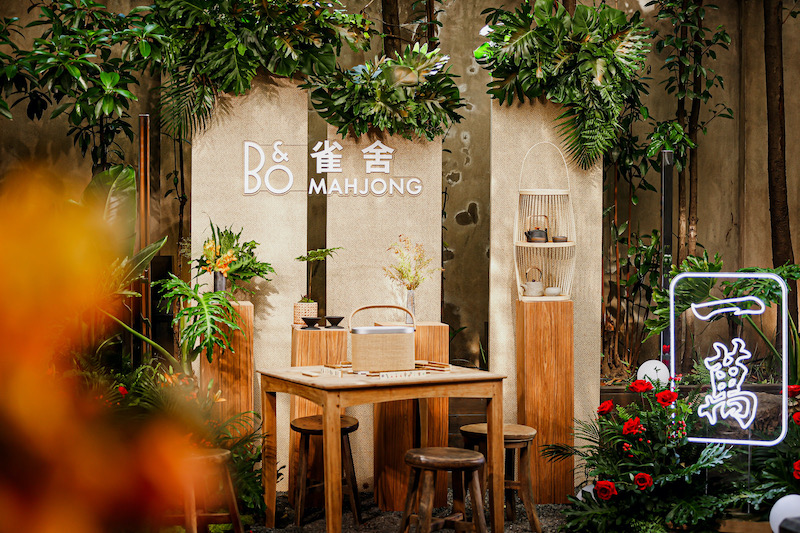

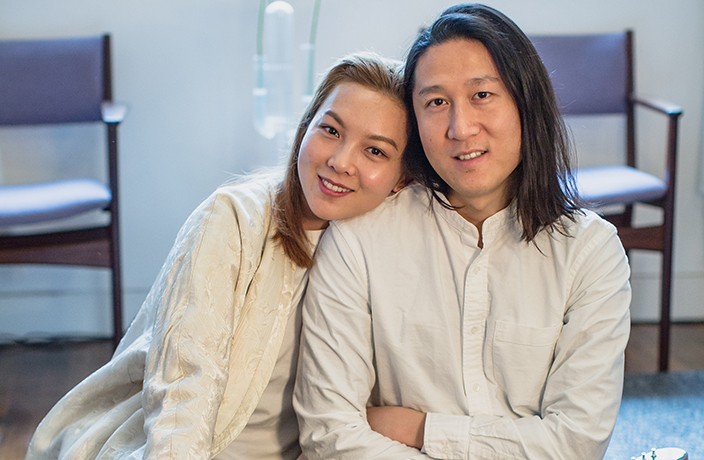














0 User Comments